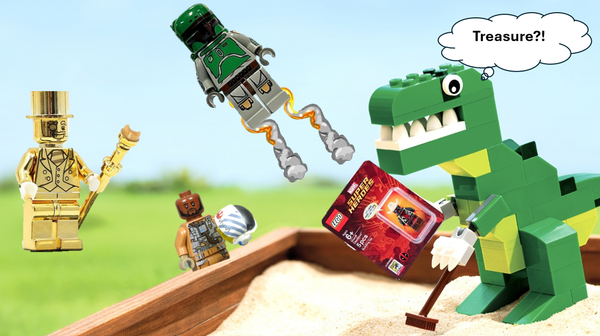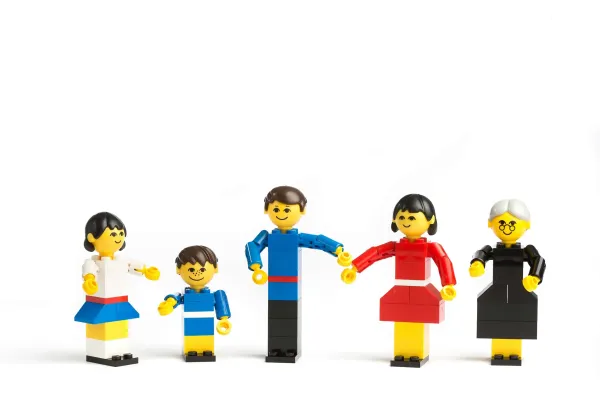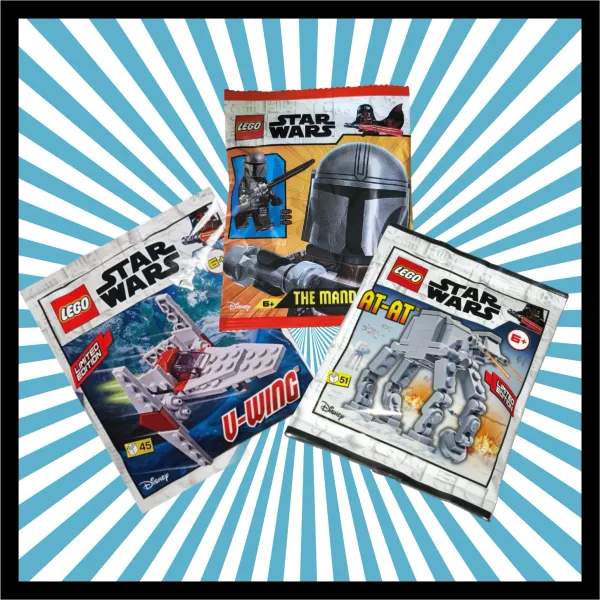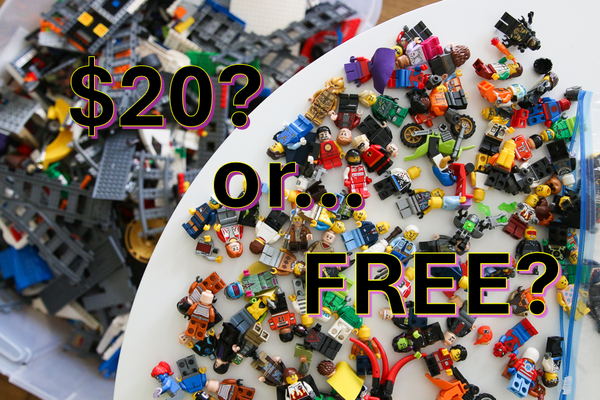The Lego Origin Story
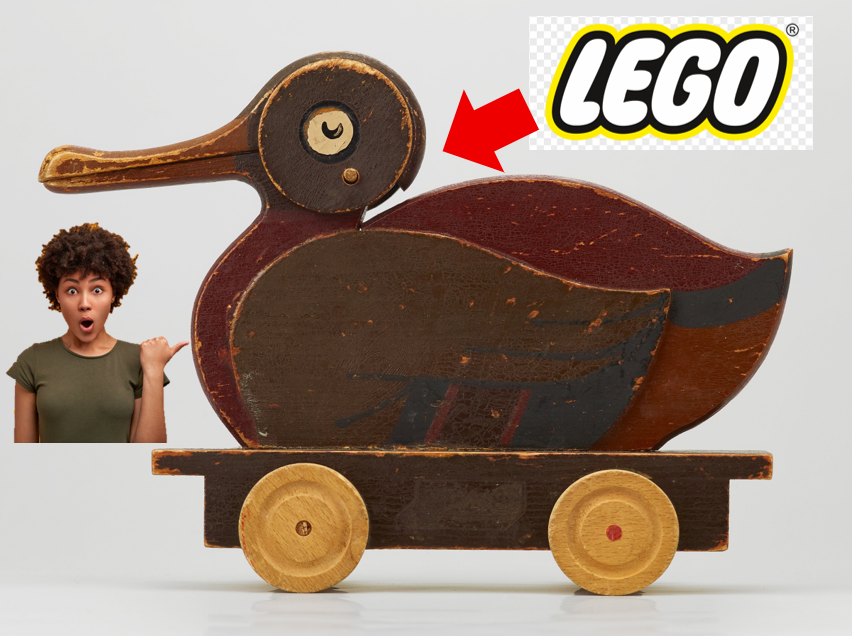
From Wood Shavings to Plastic Dreams
Before Lego was the world’s most recognizable toy, it was just a little carpentry shop in Billund, Denmark, run by a guy named Ole Kirk Christiansen. Back in 1932, he wasn’t making bricks at all, he was building wooden toys: ducks, cars, and yo-yos.
The name Lego actually came a bit later, from the Danish words “leg godt”, meaning “play well.” Ironically, Ole didn’t realize until years later that “Lego” also means “I put together” in Latin, which is kind of poetic when you think about it.

The Birth of the Brick
The plastic conversion hit Lego after World War II. In 1949, Lego started experimenting with a new material: cellulose acetate. The first “Automatic Binding Bricks” were born, the ancestor of the Lego bricks we know and love today.

But here’s the thing: early versions didn’t stick together that well. It wasn’t until 1958 that Ole’s son, Godtfred Kirk Christiansen, patented the design we know today, with interlocking tubes inside the brick for clutch power.
That one design change turned Lego from a toy into an entire system. Every piece from then on was compatible with the next and building became an art.
The 60's And 70's: Lego Takes Off
Lego started thinking bigger, no longer just bricks, but world creations. By the 1960s, Lego launched Town Plan, Train, and Castle themes. In 1968, the first LEGOLAND park opened in Billund, which, fun fact, still pulls millions of visitors every year.

And then, in 1978, something truly game-changing happened: The minifigure was born. That’s right, the same smiley little character we still use today first appeared in sets like Lego Town and Space. Suddenly, Lego had personality.

The 80's And 90's: The Golden Era
By the ’80s, Lego was unstoppable. You had Lego Pirates, Castle, Space Police, Technic, and even Duplo for younger builders. The company also started rolling out educational Lego, which led to Lego Mindstorms, early robotics kits way ahead of their time.

Then in 1999, Lego made its boldest move ever: licensing. This not only saved the brand, but it brought in an absolutely massive group of Lego fans, Adult Fans of Lego, or AFOLs for short. That is when Lego Star Wars launched, and the floodgates opened. From Harry Potter to Marvel to Indiana Jones, Lego became the go-to for any pop culture fan.

The 2000s: The Near-Fall and the Rebuild
Believe it or not, despite recent licensing deals, Lego almost went bankrupt in 2003. Why? Too much expansion, too fast. They were making theme parks, clothes, even watches, everything except focusing on the brick (in my opinion at least).
So Lego restructured, brought in new leadership, and went back to its roots. By 2006, the turnaround was on. Sets got better, digital design tools emerged, and AFOL communities exploded online, from Reddit to Twitter, you name it.
Skip a few years forward, and then came The Lego Movie of 2014, a love letter to both kids and grown-up fans that re-cemented Lego’s cultural status. Everything was, quite literally, awesome again.

Today: An Icon
Fast forward to now, Lego isn’t even just a toy brand, it’s a really an icon, a statement of value and nostalgia that nothing else can come close to. We’ve got UCS Star Wars, Lego Art, Icons, Architecture, and fan-driven projects through Lego Ideas and BrickLink. The company even aims for full sustainability by 2030, with bricks made from recycled materials, paper bags, reduced packaging, among other amazing steps forward.
Whether you’re a kid building your first set or an AFOL displaying a behemoth of a set, Lego’s evolution proves one thing: the system will always work.

Final Thoughts
What started in a small Danish workshop now fuels creativity across generations and continents. Lego didn’t just invent a toy, it built a language anyone can understand. Smart, creative, bored, or just pure super-fan, Lego caters to all.
And for collectors like me and everyone out there, that’s the beauty of it. Every new set is connected - literally - to 70 years of history. A history that we shouldn't forget brought us our cherished, silly, little blocks. From Ole’s woodshop to your display shelf, it’s all one incredible story told in bricks.


